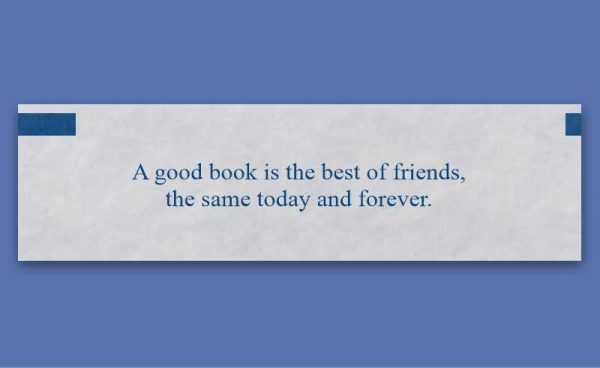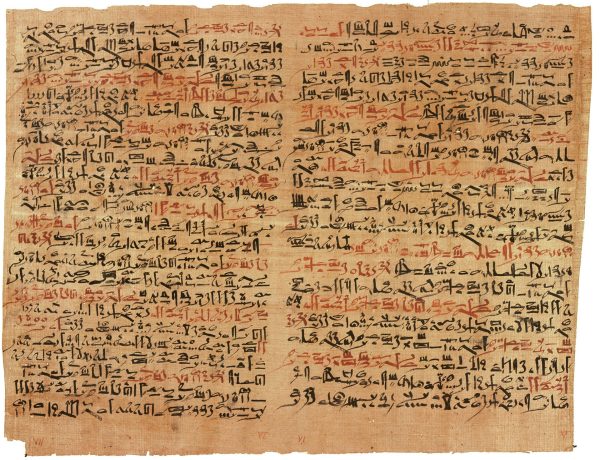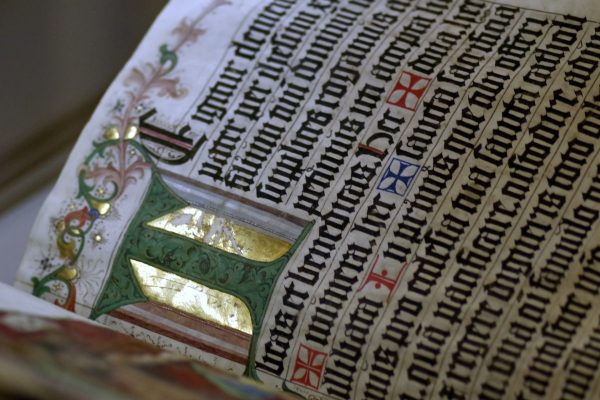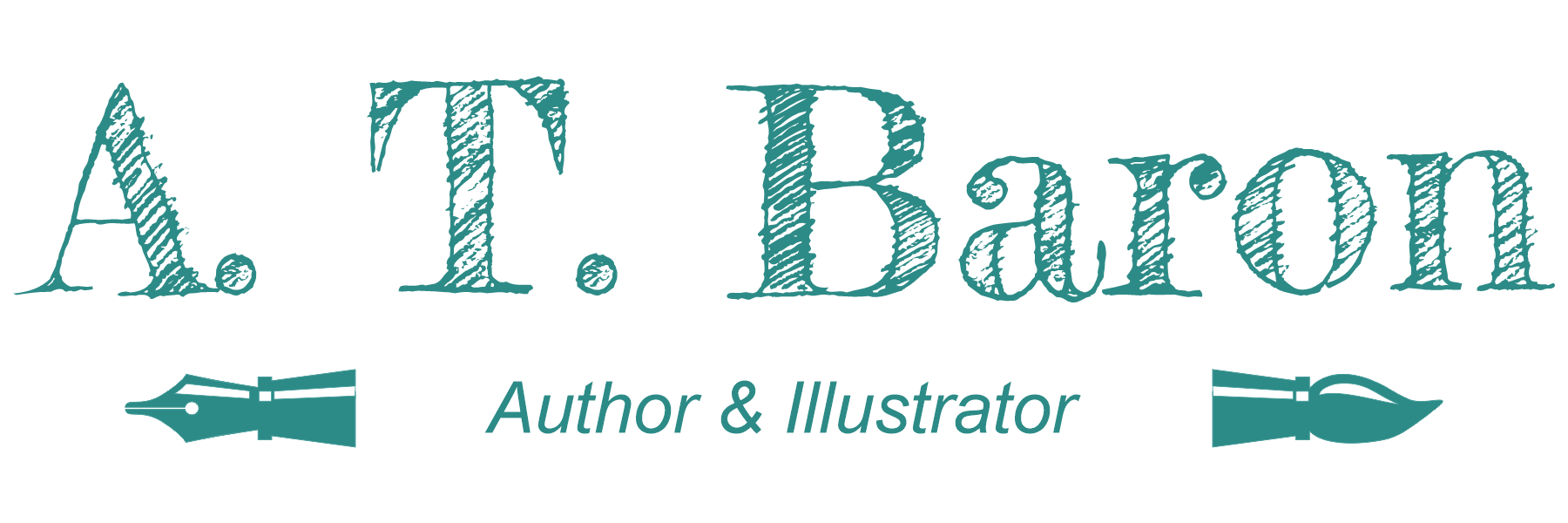Fortune Cookie Friday: For The Love Of Books
Ah, books. You gotta love them. Their messages come in many forms, from ancient texts to fantasy and science fiction. I used the term messages because books were and still are used for passing them on.
Communication is key in society, and early civilizations had many ways to pass on information. From cave paintings to songs and stories, humans shared knowledge and traditions. But the invention of writing took communication to a whole new level.
There’s no way to determine the exact number of books created since the dawn of writing, but Google and others1 have formulated that there are approximately 134,021,533 tomes as of mid-2016.
If you are a bibliophile or lover of books, then you probably enjoy curling up with a good book and losing yourself between the pages. Our fortune comes from the 19th-century English writer Martin Farquar Tupper2.

Reading a good book is very similar to conversing with a best friend. We can share a fascinating adventure or learn an interesting fact. We can read in the library, doctor’s waiting room, or living room.
A book won’t be offended if we interrupt them in the middle of a sentence to take a pee—heck, we can even take them to the bathroom with us.
Books have allowed us to learn or escape for a long time, but they didn’t always look like that colorful paperback on the shelf. Mr. Tupper wouldn’t have said the same thing if he lived in ancient Greek times.
Here’s a little book history.
Ancient Books
The earliest known books are clay tablets from Mesopotamia and papyrus rolls from Egypt3. One had to master reading and writing to communicate with these forms of texts, but they became the preferred way to pass on information. They are also produced in a physical form that allows them to travel.
Unfortunately, although clay tablets would last a long time, they were heavy. I don’t know how convenient it would have been to take a tablet into the bathroom. Oh, wait. We kinda do that today.
On the other hand, papyrus was much lighter but also very fragile since it was made from pasted plant material. Imagine using the same leaves to wipe our bums in the woods for writing a country’s laws or a business’s financials.

Ancient Egyptians, Greeks, and Romans scribed papyrus with ink on long scrolls. They fastened more leaves together to extend the strip when they needed more writing space. When they finished, the scrolls were rolled up with the writing on the inside.
Due to their fragility, few examples of decorative texts on papyrus survived for long. Although, some survived by being kept in arid conditions or copied to extend their lives.
In the early Christian era, a codex of folded leaves bound together on one side replaced the long, cumbersome scrolls. Finding specific text in the book was easier with a codex, and one could write on both sides of the leaf.
The use of vellum or parchment, made from animal skins, took the book to the next level since it was more durable than papyrus. Combine that with the codex format, and you’ve got yourself the familiar-looking book of today.
Medieval Books
For centuries, monks reproduced books in scriptoria and collected them in libraries3. The monks worked in silence during the day, penning every letter by hand. Sometimes the manuscripts were illuminated with illustrations or decorative devices before being bound. The book production was slow and tedious.

Not all books back then were religious, but they were created in a similar process of writing each book individually. It wasn’t until the mid-15th century when the Gutenberg Press—a modernization of the Chinese movable type printing press4—that book production hit its mark.
Printed Books
The printing press allowed for the mass production of books. Works could be published and distributed far and wide. The process even produced a new form of expression.
Woodcuts and their metal decedents were used for adding illustrations to the books. This brought about great artists, such as Albrecht Dürer and Aldus Manutius.
The illustrated printing process also allowed for the creation of scientific drawings, diagrams, and cartography.

Now we have books of all types: leather-bound, paperback, magazines, board books, and pop-ups, to name a few. Some are page after page of black print on white paper, while others a full-color spreads of scenic pictures.
Further modernization of printing was limited until the digital age. Even though the words are printed on a screen instead of written on pages, they are still considered books. Books have changed their form over the millennia, but they have been and will continue to be an integral part of humanity.
Like our best friends, books can educate, inspire, and entertain us, and we can always benefit from our shared thoughts.
2. Martin Farquhar Tupper Quotes. BrainyQuote.com, BrainyMedia Inc, 2023. https://www.brainyquote.com/quotes/martin_farquhar_tupper_135498, accessed July 6, 2023.
3. Tucker, David H., et al. “Book Publishing.” Encyclopædia Britannica, 26 June 1999, www.britannica.com/topic/publishing/Book-publishing.
4. “Printing Press.” History.Com, 7 May 2018, www.history.com/topics/inventions/printing-press.




